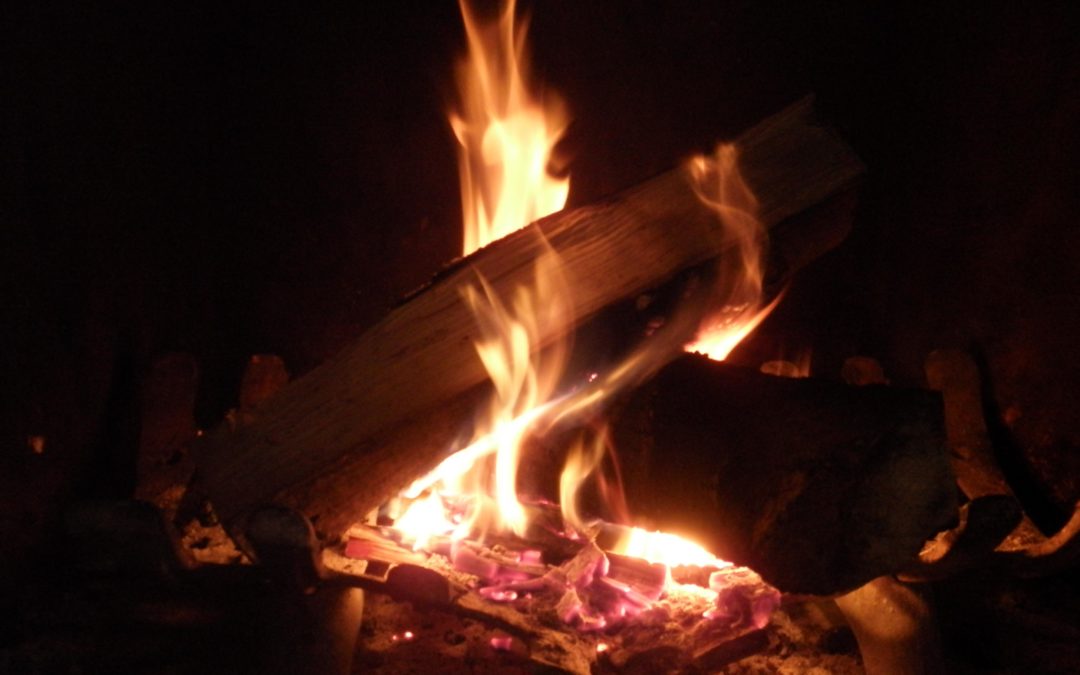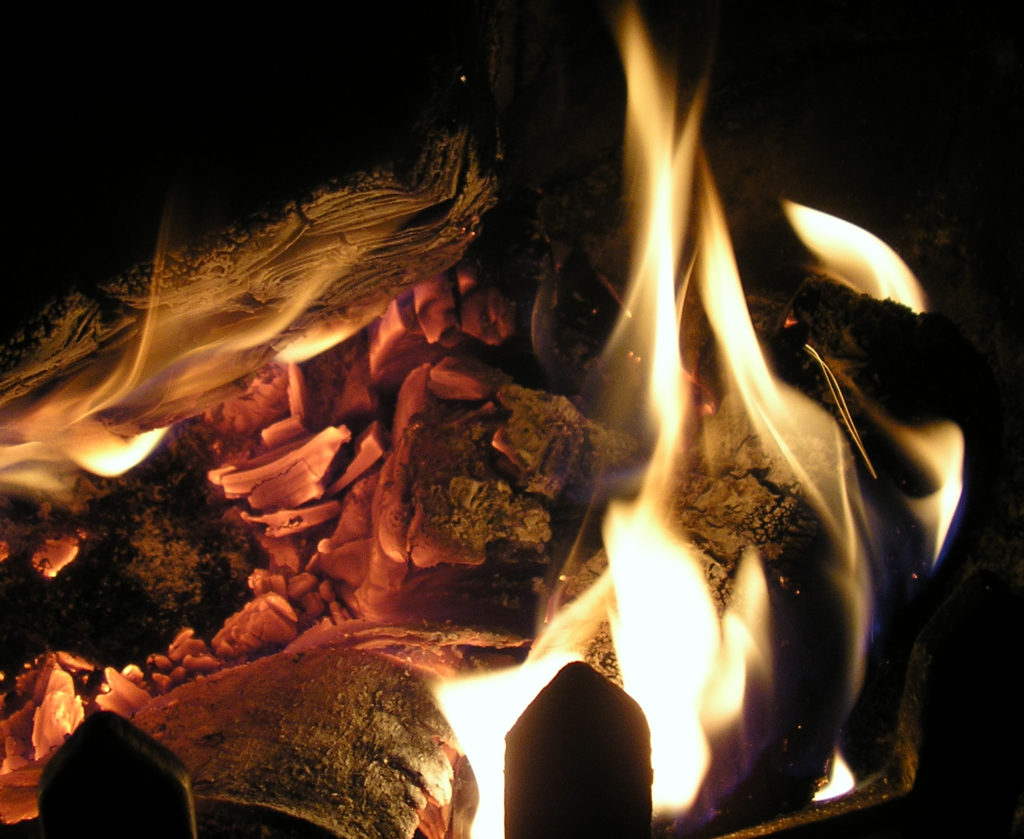A fireplace or wood burning stove produces amazingly warm heat. Baseboard heat and a heat pump just can’t compare to the heat of a real fire. Unfortunately, the price we pay for the extra warmth is chimney maintenance and the buildup of creosote in the chimney walls. Let’s talk about how creosote is formed and what you can do to reduce the amount of buildup that occurs over time.
Creosote is the black tar-like substance that sticks to the interior walls of your chimney. It is the direct result of a pretty cool chemical reaction that occurs near the top of your chimney. Your chimney is designed to allow smoke, gases, water vapor, unburned wood particles, and several other tiny minerals to escape when you burn wood.
Condensation occurs as smoke from the fire reaches the cooler areas near the middle-top of the chimney. The resulting moisture collects on the inside of the chimney just like condensation on the outside of your glass when you’re drinking a nice cool drink. Smoke, minerals, and unburned particles of wood then stick to the condensation instead of flowing out the top of the chimney as they should, which is the beginning of your creosote problem.
Creosote builds up faster when:
Air flow up the chimney is restricted. Closing the damper to restrict the amount of heat that escapes from the fireplace increases the amount of smoke that remains in the chimney. Smoke that lingers has more time to stick to the walls, which increases creosote buildup.
You burn damp wood. Unseasoned wood or wood that has been rained on creates a higher amount of condensation as the smoke travels up the chimney. Unseasoned wood doesn’t burn as hot or as efficiently as seasoned wood.
You regularly burn a slow-burning fire. Some homeowners burn a slow-burning fire in effort to use less wood overnight, or so they don’t have to struggle to start a fire early in the morning. This creates more creosote buildup over time.
You can’t completely prevent creosote buildup, but you can slow the progress over time. The biggest help you can give your chimney is to burn seasoned wood. Make sure the wood that you burn has been seasoned for at least six months to a year. Very dry wood burns more effectively and keeps the interior of the chimney hot enough to produce a reduced amount of condensation.
Don’t restrict air flow to your chimney by turning the damper down. You can purchase a thermometer that installs inside the chimney if you want to get all technical and see if you can determine the best damper settings vs. condensation for your chimney.
Have your chimney professionally inspected and cleaned at least once per year. A certified chimney sweep will examine the amount of creosote that builds up year after year and give you ideas on more efficient burning practices. Call me if you’re in the Philadelphia area and need my assistance with your chimney problems 610-626-2439.


